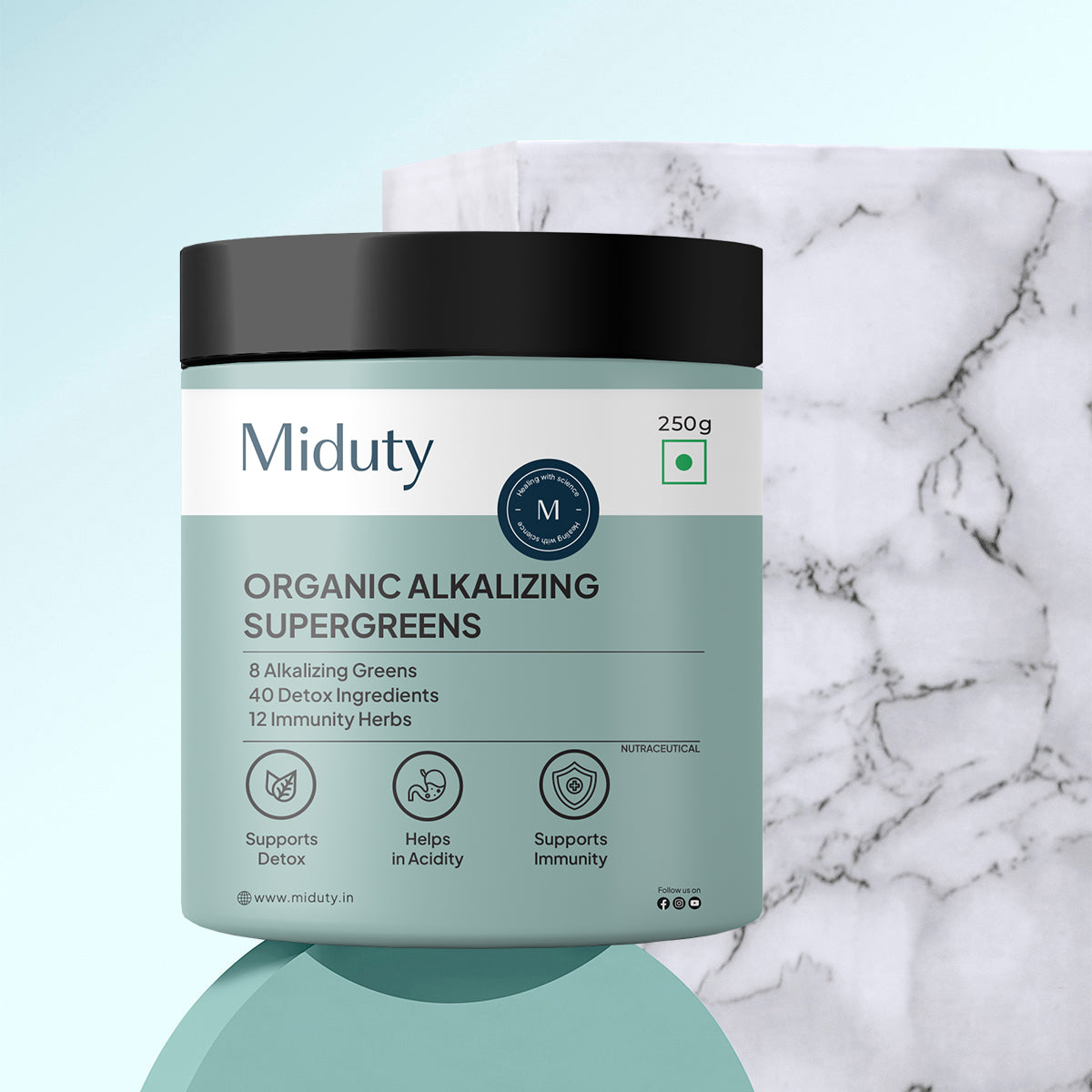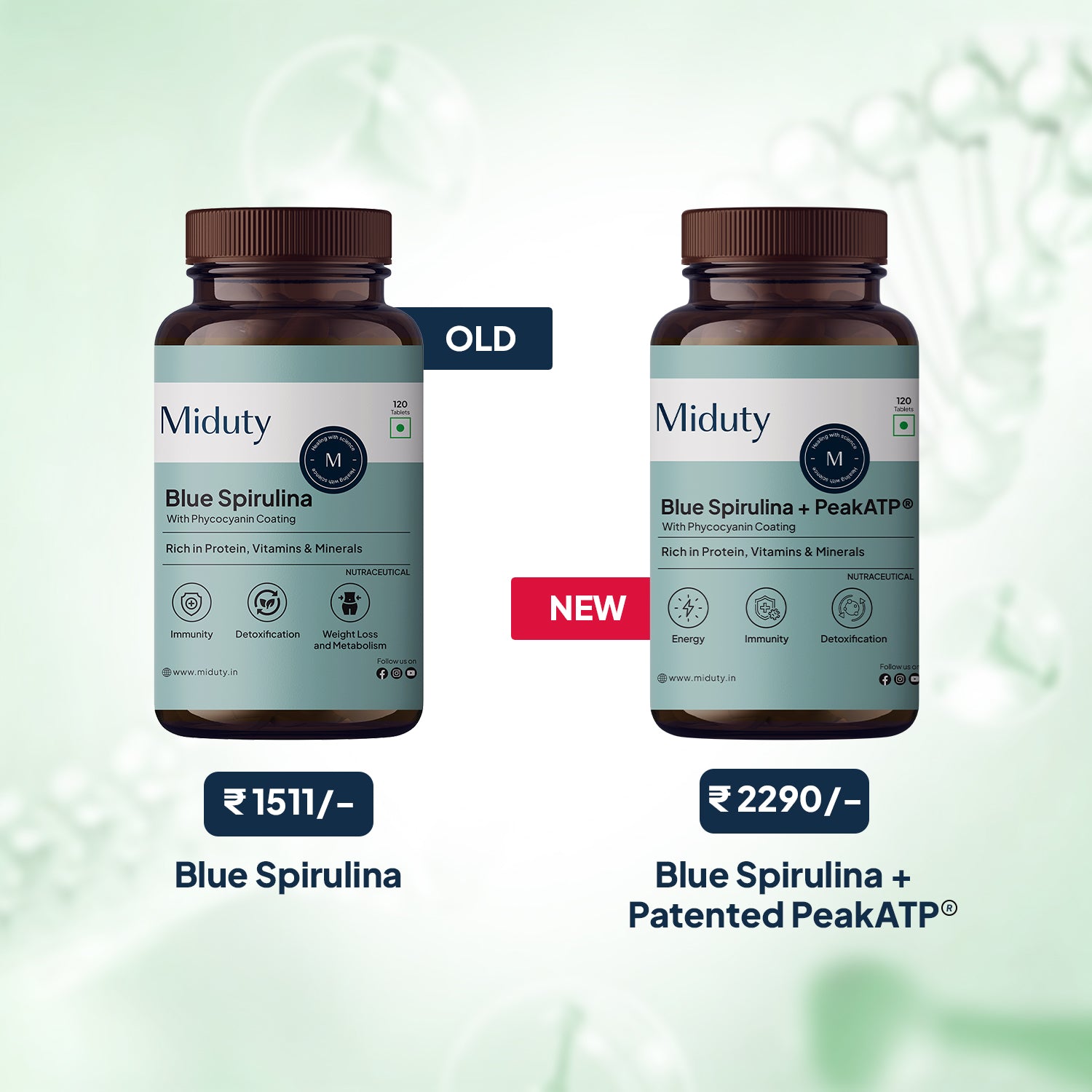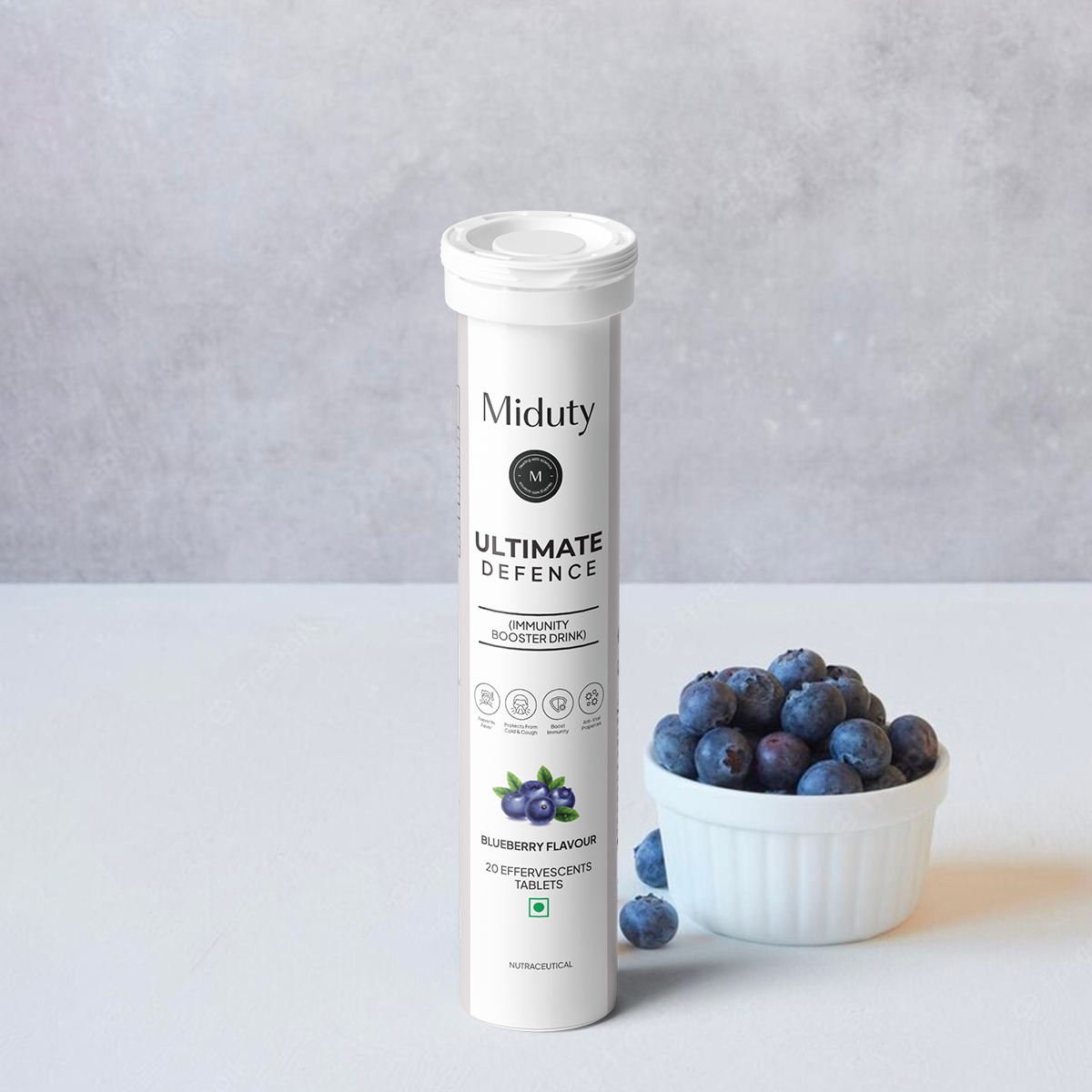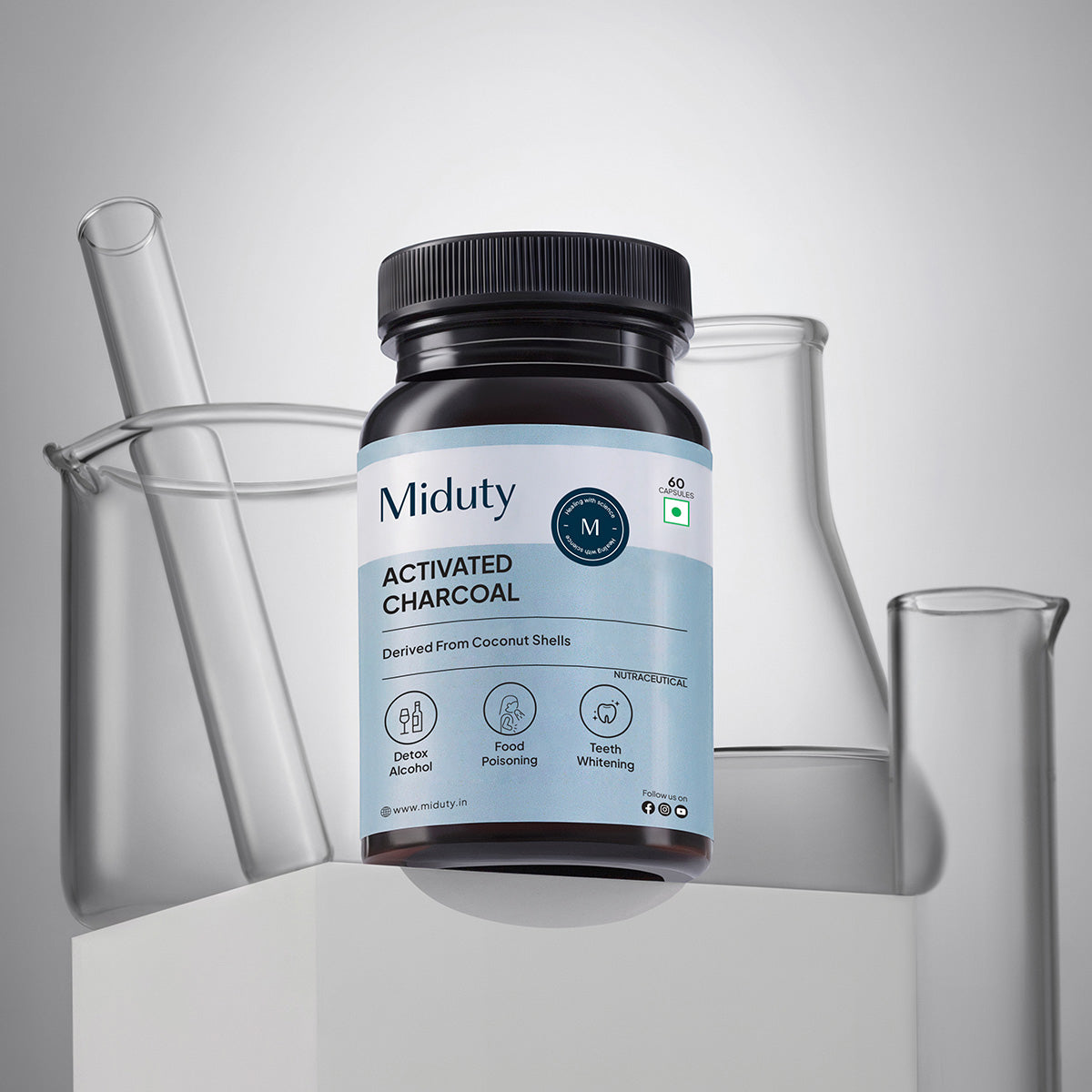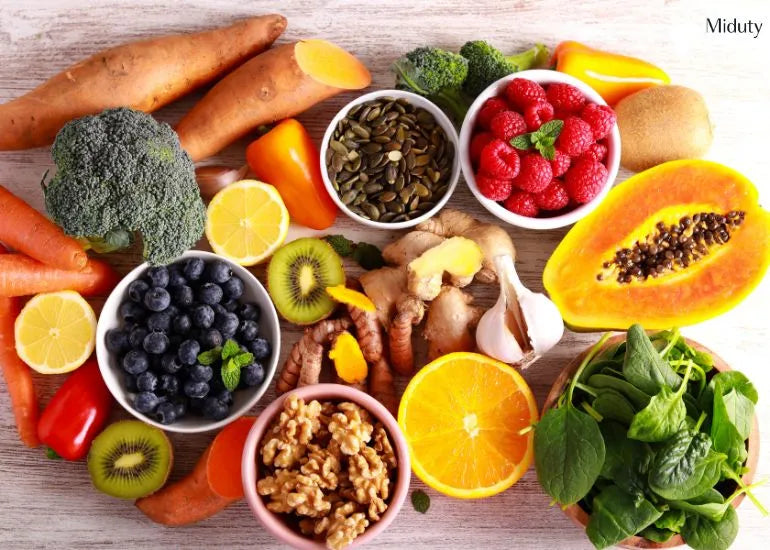
Moringa vs Wheatgrass: Which One To Choose?
When it comes to superfoods, the debate often centers around which green powder packs the most punch. Two standout contenders in the wellness world are moringa and wheatgrass. Both are nutrient-dense greens that have been celebrated for centuries for their remarkable health benefits. But if you had to choose just one to add to your daily routine, which one would truly come out on top?
In this detailed, side-by-side comparison, we'll dive deep into what makes moringa and wheatgrass so special, from their nutritional profiles and health perks to their taste, availability, and even how they're grown. Whether you're a fitness enthusiast, a health nut, or just starting your wellness journey, this guide will help you make an informed decision on the right green for your needs.
Key Takeaways
1. Moringa: The Complete Nutrient Powerhouse - Moringa is packed with vitamins, minerals, and complete plant-based protein, making it an excellent choice for overall health and wellness.
2. Wheatgrass: The Detox Champion - Wheatgrass is high in chlorophyll, making it a powerful detoxifier that helps cleanse the body of toxins and supports liver health.
3. Versatile Health Benefits of Moringa - Moringa supports immunity, digestion, blood sugar balance, and muscle recovery, making it a great addition to your daily routine.
4. Wheatgrass for Gut Health and Energy - Wheatgrass promotes digestive health with its enzymes and fiber, and provides a natural energy boost without caffeine.
5. Combining Both for Maximum Health Benefits - Moringa and wheatgrass work well together, offering a comprehensive solution for daily wellness, detox, and energy enhancement.
What is Moringa?
Moringa oleifera, often referred to as the "drumstick tree" or "miracle tree," is native to the Himalayan region and widely grown across Africa, Asia, and South America. It's been used for thousands of years not only as food but also for its healing properties in traditional medicine systems like Ayurveda.
The leaves are the most commonly used part, but the seeds, pods, flowers, and even the bark have value. What makes moringa so special? It's one of the most nutrient-dense plants on the planet. Rich in vitamins A, C, and E, calcium, potassium, and iron — it's like nature's multivitamin.
Moringa is not a trendy, modern health fad. It's a tried-and-true remedy that's helped communities fight malnutrition, increase energy levels, and manage various chronic conditions. Plus, it's adaptable. You can find it in powder form, capsules, teas, and even infused oils.
Moringa Benefits:
1. Nutrient Powerhouse: Rich in vitamin C, calcium, iron, potassium, and plant-based protein. It contains all nine essential amino acids, making it a rare complete protein source for vegans and vegetarians.
2. Immune System Booster: Packed with antioxidants like quercetin and chlorogenic acid that help your body fight off illness and inflammation.
3. Great for Daily Nutrition: Moringa is easy to integrate into your routine—add it to smoothies, sprinkle on salads, or brew as a tea.
4. Digestive Support: Its natural fiber and anti-inflammatory compounds may help soothe the gut and improve digestion.
5. Blood Sugar Balance: Some studies suggest moringa can help stabilize blood sugar levels, making it a helpful option for those managing diabetes or insulin sensitivity.
What is Wheatgrass?
Wheatgrass is the young, tender grass of the wheat plant, harvested before it matures into the grain we associate with bread and pasta. It's been used in health circles for decades, particularly among detox enthusiasts and raw foodists.
Most people consume wheatgrass in the form of juice shots or powders. Because it's tough to digest raw, it's usually juiced or dehydrated into a fine green powder. The fan following behind wheatgrass started in the 1930s with Ann Wigmore, a health pioneer who believed wheatgrass could help treat chronic illnesses. Today, you'll find wheatgrass shots being sold in juice bars and health cafés around the world.
Unlike moringa, which has a long-standing history in traditional medicine, wheatgrass made its mark in the modern wellness space and fast.
Wheatgrass Benefits:
1. Natural Detox Agent: High in chlorophyll, wheatgrass binds to toxins and heavy metals, helping flush them from the body.
2. Energy Enhancer: Provides a natural lift without caffeine. The combination of enzymes, chlorophyll, and nutrients helps increase stamina and reduce fatigue.
3. Supports Gut Health: With gentle laxative effects and digestive enzymes, wheatgrass can promote regularity and improve nutrient absorption.
4. Anti-Inflammatory Properties: Contains antioxidants that help reduce inflammation throughout the body, potentially easing joint pain and skin issues.
5. May Improve Other Health Metrics: Preliminary research and anecdotal reports suggest wheatgrass may support healthier cholesterol levels, blood sugar, and red blood cell production.
Nutritional Comparison – Moringa vs Wheatgrass
Vitamins and Minerals
Moringa shines with sky-high levels of vitamin A, calcium, iron, and potassium, supporting immunity, bone strength, and skin health. Wheatgrass excels in vitamin E, vitamin K, magnesium, and selenium, offering great benefits for metabolism, skin, and detox.
Protein Content
Moringa is a complete plant-based protein with all nine essential amino acids—perfect for muscle recovery and vegan diets. Wheatgrass has some protein but lacks completeness and quantity.
Fiber & Antioxidants
Moringa provides more dietary fiber and powerful antioxidants like quercetin and chlorogenic acid, supporting digestion and heart health. Wheatgrass has less fiber but is rich in chlorophyll and offers detox-friendly antioxidants like glutathione.
Moringa vs Wheatgrass – Nutritional Comparison Table
|
Nutrient Category |
Moringa |
Wheatgrass |
|
Vitamin A |
✔️ Very High (Eye & Immune Health) |
❌ Low |
|
Vitamin C |
✔️ Moderate |
✔️ High (Immunity & Skin Health) |
|
Vitamin E & K |
✔️ Present (Moderate levels) |
✔️ High (Skin & Blood Clotting) |
|
Calcium & Iron |
✔️ Very High |
✔️ Present but lower |
|
Magnesium & Selenium |
✔️ Present |
✔️ High (Metabolism & Immunity) |
|
Protein |
✔️ Complete (All 9 Essential Amino Acids) |
❌ Incomplete & Lower Quantity |
|
Fiber |
✔️ High (Supports Digestion & Satiety) |
❌ Very Low, especially in juice form |
|
Antioxidants |
✔️ Quercetin, Chlorogenic Acid (Anti-inflammatory) |
✔️ Glutathione, Lutein, Apigenin (Detox-focused) |
|
Chlorophyll |
✔️ Present |
✔️ Extremely High (Main Detox Agent) |
The Moringa Wheatgrass Supplement Solution
Choosing between Moringa and Wheatgrass for your health can be tough, but why settle for just one when you can have both? A premium Supergreens supplement combines the best of Moringa and Wheatgrass, offering a balanced blend of these powerhouse greens to support your daily wellness. Packed with essential vitamins, minerals, and antioxidants, this formula aids in detoxification, boosts energy levels, and enhances overall vitality. It's a convenient, all-in-one solution that nourishes your body from the inside out, without the hassle of multiple powders. Enjoy the benefits of these nutrient-rich superfoods and elevate your health effortlessly!
Conclusion
Moringa and wheatgrass are two green giants in the world of superfoods, and each offers unique benefits worth exploring. Moringa stands out for its complete nutrition, rich protein profile, and long-term health support, making it ideal for daily supplementation. Wheatgrass shines when it comes to detox, gut health, and natural rejuvenation, especially during periods of stress or imbalance.
Whichever you choose or if you choose both you're giving your body a serious upgrade in terms of nutrients, vitality, and holistic wellness. Just remember: consistency is key, and these superfoods are most powerful when paired with a healthy lifestyle, balanced diet, and plenty of water.
Frequently Asked Questions on Moringa vs Wheatgrass -
Q1 - Which is better, moringa or wheatgrass?
Moringa is richer in protein, calcium, and iron, while wheatgrass excels in chlorophyll and detox properties, each has unique benefits based on your health goal.
Q2 - Can you take moringa and wheatgrass together?
Yes, both can be taken together to combine their antioxidant, anti-inflammatory, and nutrient-boosting benefits.
Q3 - Who should not drink wheatgrass?
People with celiac disease, grass allergies, or on blood-thinning medications should avoid wheatgrass or consult a doctor first.
Q4 - Why is moringa called Miracle?
Moringa is dubbed the Miracle Tree for its dense nutrition, rich in vitamins, minerals, antioxidants, and its traditional use in over 300 ailments.
Q5- Why is wheatgrass called a superfood?
Wheatgrass earns its superfood title for its high chlorophyll, enzyme, and antioxidant content, which support detox, energy, and immunity.
References


